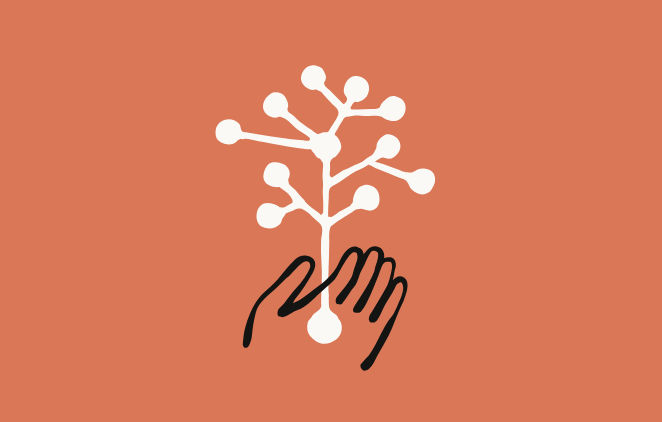Copyright SiliconANGLE News

Anthropic PBC has had a busy start to the week, launching a new tool called Claude for Life Sciences to help with scientific research, and expanding the availability of its Claude Code agentic coding tool to the web and its mobile application. Claude for Life Sciences might be the more interesting of the two announcements, as it sees the company customize its most powerful artificial intelligence model to help scientists perform tasks such as drug discovery more efficiently. The company said Claude has been redesigned to connect with popular lab tools that are already used by lab researchers. The announcement marks the company’s first stab at life sciences. Claude for Life Sciences is meant to help researchers at each step of the drug discovery process, and will do this by reading studies, conjuring up theories, crunching numbers and even preparing submissions to regulators. Anthropic Head of Biology and Life Sciences Eric Kauderer-Abrams told CNBC in an interview that the launch marks a threshold moment for the company, which has decided to make a big investment in this area. “We want a meaningful percentage of all of the life science work in the world to run on Claude, in the same way that that happens today with coding,” he added. To achieve this, Anthropic has created a number of integrations that enable Claude for Life Sciences to work with research platforms such as Benchling, 10x Genomics, PubMed and Synapse.org. With those integrations, scientists can pull data from those platforms directly into Claude without needing to fiddle around exporting files or switching applications. The company has also reached out to a number of consulting partners to help teach life sciences organizations how to make the most out of Claude, including Deloitte Touche Ltd., KPMG International Ltd. and Caylent Inc. Kauderer-Abrams, who joined Anthropic only a couple of months ago, said the company was encouraged by the fact that many researchers were already using the standard Claude model to aid in their research. It inspired the company to build a dedicated version of Claude for researchers, and also build the additional infrastructure needed for it, he said. Claude for Life Sciences is based on Anthropic’s most powerful large language model Claude Sonnet 4.5. It’s designed to perform better on tasks such as reading lab protocols and other science-related tasks. In a demo, the company showed how a scientist conducting preclinical studies can use Claude for Life Sciences to contrast two different dosing plans of a new drug. It allows her to pull data straight from Benchling, auto-generate tables, compare the differences and then update the information in the original system. Once done, she then used Claude for Life Sciences to generate a study report for regulators. The company said this kind of work would normally take several days due to the time it takes to manually compile the results and validate everything, but with Claude, it can be done in just a few minutes. However, Kauderer-Abrams was quick to point out that AI won’t be able to speed up the entire drug discovery process. For instance, it’s not possible for AI to speed up clinical trials, he said. Where Anthropic and Claude can help is in speeding up the more repetitive parts of scientific workflows, such as the painstaking analysis and comparisons, regulatory paperwork and so on. “We’re here to make sure this transformation happens and that it’s done responsibly,” Kauderer-Abrams said. Claude Code comes to the web and mobile Anthropic’s other update today involves Claude Code, the agentic coding tool that was previously limited to developer’s terminals, but is now coming to its mobile app and the Claude.ai web app. The agent is launching on these platforms as a “research preview,” and for now, access is limited to those users with Pro and Max accounts only, the company said. It’s really just a new way for developers to interact with Claude Code, but Anthropic believes it will be handy, especially for developers who want the agent to run multiple, well-defined coding tasks in parallel. They’ll be able to connect the agent to their GitHub repositories, tell it what to do, and then simply sit back and supervise their work as the new code appears in the web interface. The agent will run in the sidebar, while the list of assigned tasks will appear on the left. The company pointed out that each Claude Code session runs in its own sandboxed environment for security reasons, with all Git interactions flowing through a secure proxy service, which helps to make sure it can only access repositories it has authorization for. Claude Code recently gained a new capability that lets developers steer it while it’s working on a problem. That feature is available in the web and mobile apps, so they’ll be able to guide the agent without having to interrupt its work, potentially avoiding having to start over on a task. “Instead of managing individual coding tasks one at a time, developers can now oversee a fleet of Claude Code instances with confidence they’ll finish safely and independently,” the company said. “It’s less about watching Claude work and more about delegating to an entire team — you assign the work, Claude handles the execution, and you review the results when each task completes.” According to Anthropic, it has been leaning heavily on Claude Code itself, and the agent has helped to write around 90% of its own codebase. This has enabled its engineering team to boost productivity by around 67% in the last few months. Claude Code has also turned into a nice little earner for the company, generating an annual revenue run rate of more than $500 million. Image: Anthropic



